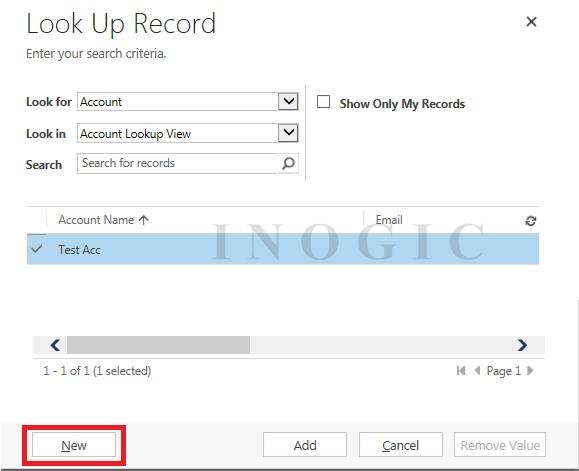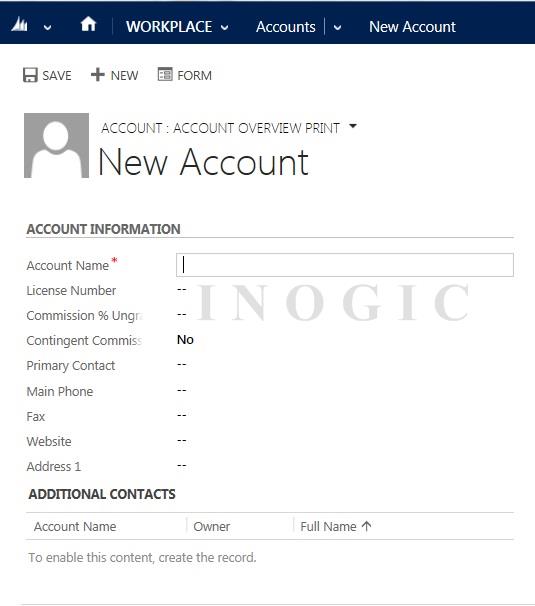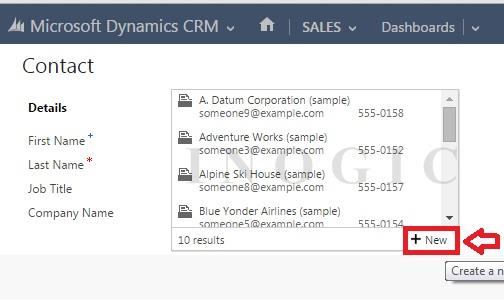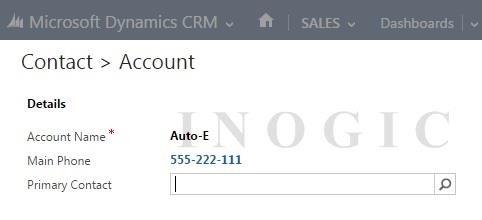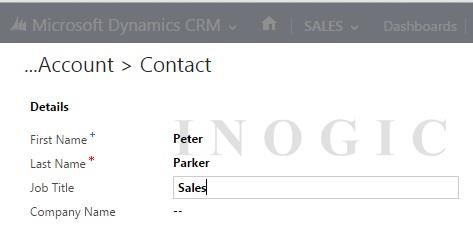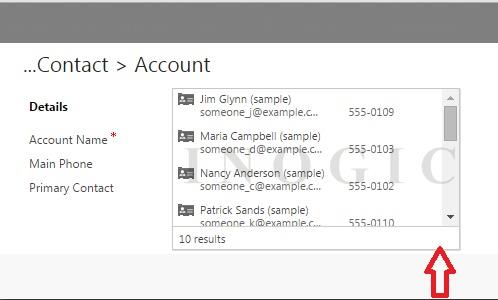Introduction:
Quick Create Forms were introduced in CRM 2013 to help create records of core entities in a simpler way from anywhere in the system. It actually was not that simpler when we wanted to create subsequent records for the lookup field available on current Quick Create form.
Let’s take a look at how we used to create a new subsequent record from current Quick Create form.
CRM 2013:
Consider we are creating a contact record using quick create. We want to set the company name for it. So in CRM 2013 it would look as below:
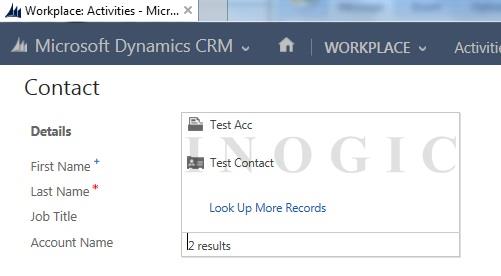
Now, suppose we want to create a new Account for this contact, then we would have to click on Look up More records dropdown, & then click on “New” as highlighted below.
On clicking New it would pop out another screen displaying the default form for Account Entity as below:
As we can see default form is popped out. We need to enter the entire necessary details and save and close the form. This was quite tedious process as we actually were not able to create records quickly.
CRM 2015:
Whereas with release of CRM 2015, the same process can be done with more ease thereby justifying the term Quick Create.
So here comes the term “Nested Quick Create”. As the name suggests there would be subsequent Quick Create forms inside Quick Create form. Let’s go through the same previous example in CRM 2015.
As we can see we have the “New” option just at the right corner of the Look Up More Records dropdown which will get the Quick Create form of Account instead of the default form that was seen in CRM 2013.
Now if we again select “New” for the Primary Contact lookup or any other lookup for current Account record, then it would again display subsequent Quick Create form of Contact/ respective entity as below:
Now, as we have understood Nested Quick Create forms the next question that would strike us would be till what extent we could do this? So the limit for this nested Quick Create Forms is 10.
After 10 the “New” Option disappears from the drop down.
This new feature will definitely save your time in creating core records in your CRM implementation.
